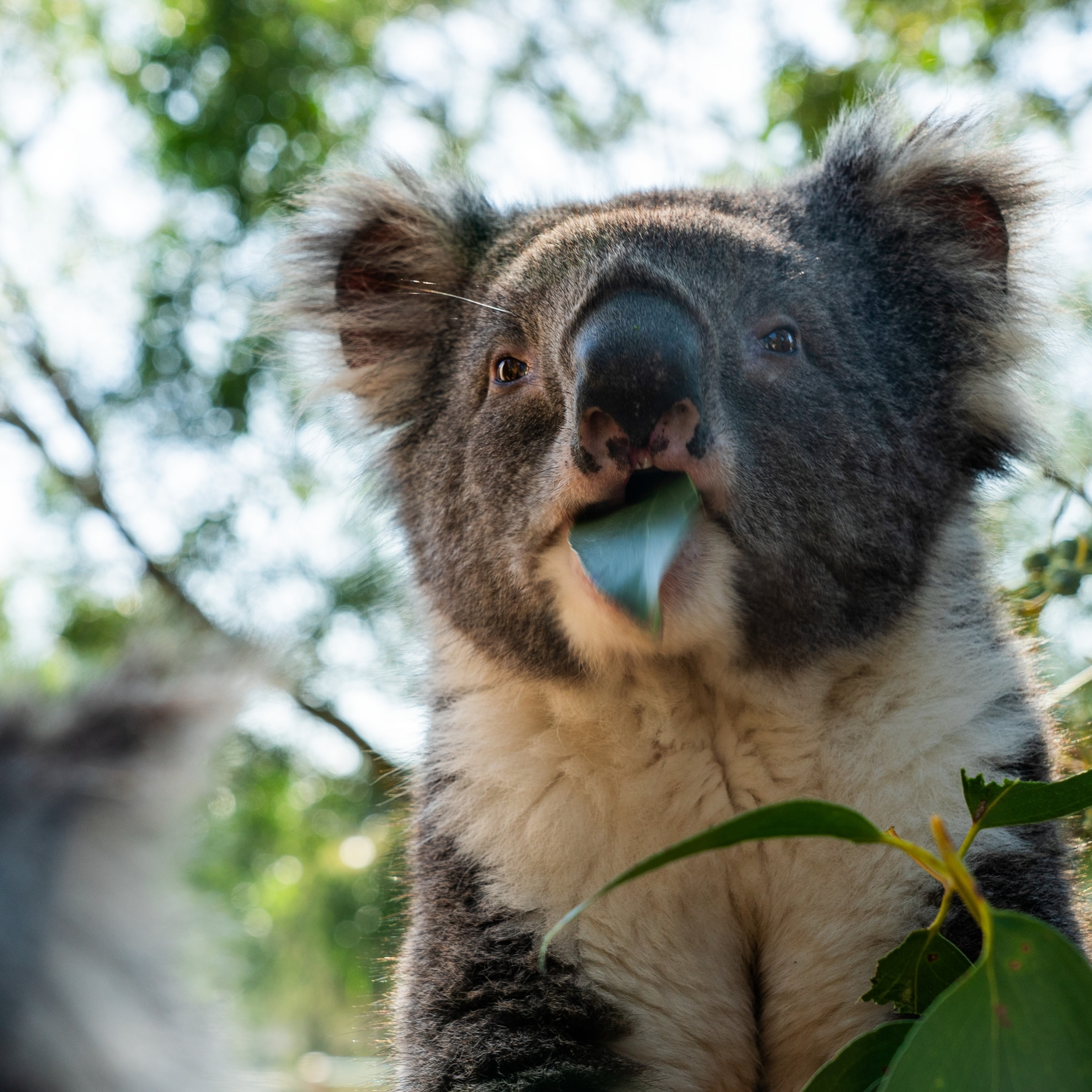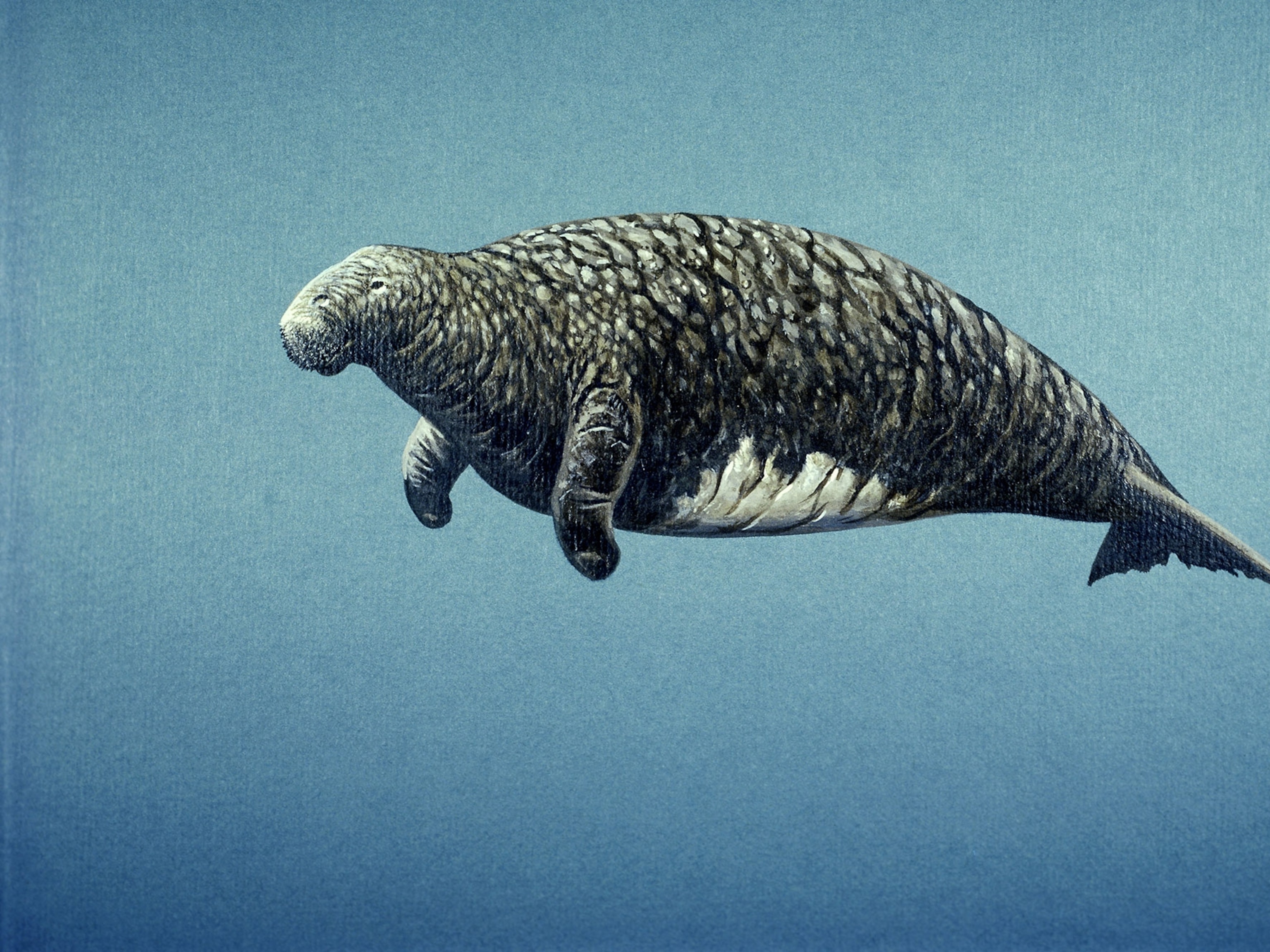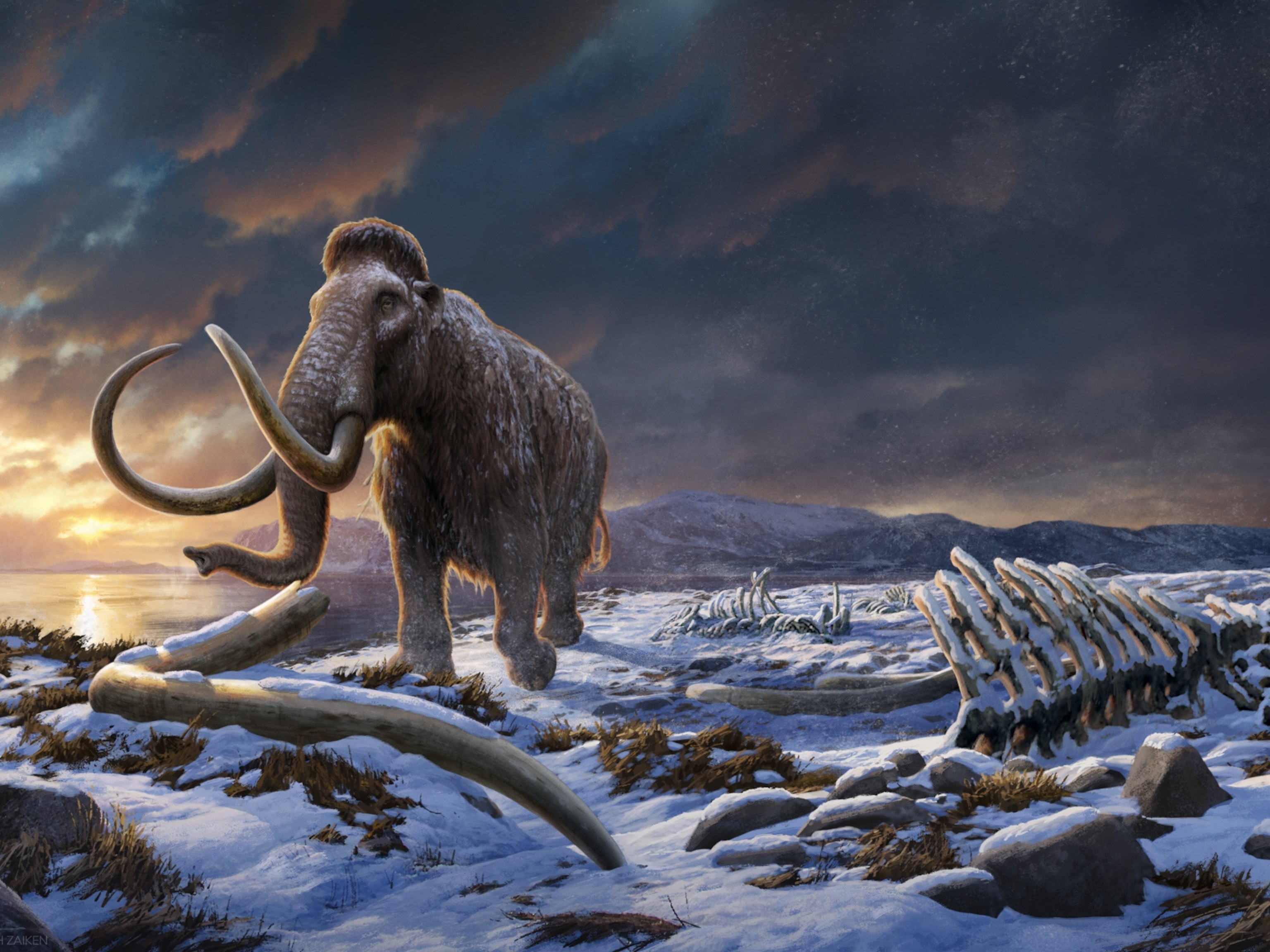
Tasmanian Tiger Genome May Be First Step Toward De-Extinction
The newly sequenced genetic blueprint may help scientists clone the predatory marsupial, which was declared extinct in the 1980s.
A baby Tasmanian tiger collected 108 years ago has provided enough high-quality genetic material for researchers to sequence the animal’s entire genome, creating one of the best such genetic blueprints for an extinct animal.
Announced this week in Nature Ecology & Evolution, the genome has revealed details about the marsupial’s evolution and its decline toward extinction—and is a crucial step in plans to clone the creature and potentially bring the species back from the dead.
The Tasmanian tiger, or thylacine, was a wolf-size carnivorous marsupial once common across Australia. It became extinct on the mainland 3,000 years ago but survived on the southern island of Tasmania until human hunters, supposedly trying to protect their livestock, drove it to extinction in the early 20th century.
The last known thylacine died in Hobart Zoo in 1936, but the species may have persisted in the wild into at least the 1940s. The species was declared extinct in 1982. (Learn more about de-extinction in National Geographic magazine.)
Researchers wanted a better look at thylacine genes to help them understand why the predatory marsupials evolved to look and act so much like wolves. These two groups of animals last shared a common ancestor 160 million years ago, and yet they independently led very similar lifestyles in different parts of the world.
“The thylacine and the dog [or wolf] is the closest example of convergent evolution that we’ve ever seen measured between any two species,” says lead author Andrew Pask at the University of Melbourne. Since scientists already have robust genomes for dogs and related species, sequencing the extinct animal’s genome would help them look for convergent similarities in their genes, helping them understand evolution at a molecular level.
“If two animals adapt to look almost identical, do you see that also reflected in their genome – can you actually find parts of their DNA that evolve to look very similar?” he says.
“Magical Specimen”
In 2008, Pask’s team was the first to take genetic material from an extinct species and make it function inside a living one, inserting thylacine DNA involved in bone and cartilage development into mouse embryos.
At that time, the DNA sequences they had were highly degraded, making sequencing an entire genome almost impossible. About 750 thylacine specimens are held in museums, and most are pelts or bones with little viable DNA. But, 13 young were removed from their mother’s pouches and preserved in ethanol, and one of the babies sampled had surprisingly well-preserved genetic material.
“This pouch young seems to be a magical specimen that happens to have really good intact DNA,” Pask says.
Comparing the finished genome to one from dogs, the team found that the two animals did not, in fact, independently evolve similarities in their genes, despite their oddly similar looks and behaviors. Pask says there may be similarities in when genes are turned on and off during development, which will be explored in a future project.
But the researchers did make a novel discovery: Genetic diversity in the thylacine population plummeted sometime between 70,000 and 120,000 years ago. That’s unexpected, because scientists had long thought that the animal’s diversity declined much more recently.
“We always assumed that the thylacine, like the Tasmanian devil, had got really restricted genetic diversity once isolated on Tasmania, and that was only 10,000 to 15,000 years ago, when a land bridge to the mainland closed over,” Pask says.
Instead, the species may have been affected by climate change, which led to a shift in vegetation at around that time. The discovery suggests that thylacines were already declining on the mainland long before Aboriginal people arrived in Australia sometime before 65,000 years ago.
Resurrecting a Tiger?
Human hunting ultimately wiped out the thylacine, though, which is why some experts hope the new genome may one day become a tool for resurrecting the extinct animal.
“Among all the recent extinctions, this is one where the blame lies indisputably with us, so perhaps it should be a candidate up there with the passenger pigeon,” says Ross Barnett, an evolutionary biologist and expert on ancient DNA at Durham University in the U.K.
Mike Archer, a paleontologist and expert on de-extinction at the University of New South Wales in Sydney, led a pioneering project that explored thylacine cloning in the early 2000s, and in 2013, his team succeeded in cloning embryos of another extinct species, the gastric brooding frog.
“There’s a lot of work down the road to do this, but what I think Pask’s group has demonstrated is that what we would have thought 20 years ago was a ridiculous impossibility is increasingly possible,” Archer says.
Pask admits that while he would love to be able to bring the thylacine back, “making a whole functional genome, as opposed to having a sequenced genome, are two very different things, so that’s a big hurdle to get across.” He is nevertheless hopeful that one day it might be possible to take a related marsupial, uncover all the differences between the genomes, and edit those differences to re-create a thylacine.
“It would be at least a decade before we have the technologies to really start to pursue de-extinction,” he estimates. “But you never know how fast some of these technologies will develop.”








